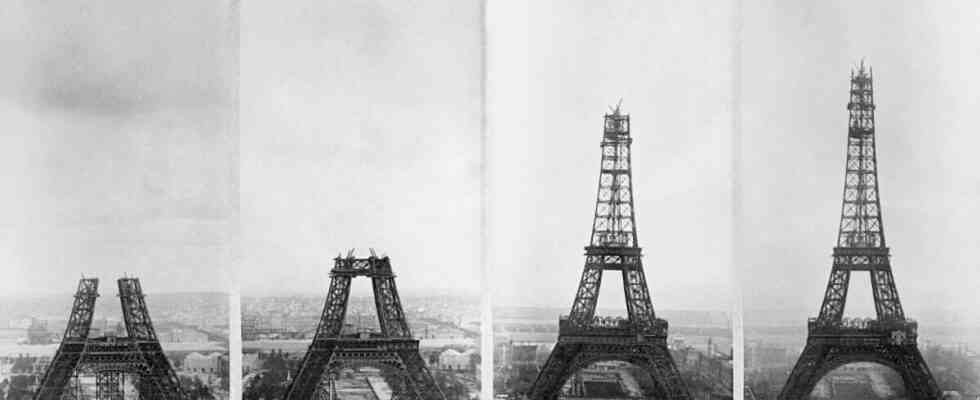Parliament ratified, this Thursday, a partnership between Paris and Doha on the security of the 2022 World Cup in Qatar providing for at least 220 French experts on site during the event. An agreement that is debated while the Gulf country is regularly singled out for the working conditions and safety of workers on stadium sites.
In January 2021, the British daily The Guardian estimated at 6,500 the number of people, migrants coming for the vast majority from South Asia, having lost their lives during the construction of the sports buildings because of the intense heat or accidents at work.
Questioned this morning by our colleagues from France Info on the legitimacy of this agreement with regard to the number of victims, the deputy of Yvelines Karl Olive (Renaissance) replied that “we must not confuse and mix what does not have to be mixed. At that time, we will also remember that during the construction of the Eiffel Tower, unfortunately, there were more than 300 deaths.
If the deputy apologized following the broadcast on Twitter for his risky comparison, it is the figure put forward by the deputy who is creating a stir on social networks. 20 minutes make the point.
FAKE OFF
Karl Olive specifies in his tweet that he wanted to talk about the dead since the construction of the Eiffel Tower. What he did well to specify since the Eiffel Tower site does not count… No deaths!
It is very difficult to know how many workers in all worked on the construction of the building started on July 1, 1887 and completed in March 1889, in time for the Universal Exhibition. It is estimated that an average of 150 to 300 workers are on site to fix the 2.5 million rivets needed to assemble the tower.
“Gustave Eiffel made it a point of honor to ensure the safety of his employees”
Also, for a site of such magnitude and whose culmination culminates at more than 300 meters in height, getting out of it without a single loss to deplore was a feat in view of the security conditions of the time.
Asked by 20 minutes, Bertrand Lemoine, historian, architect and Eiffel Tower specialist, explains the reasons for this success: “Gustave Eiffel made it a point of honor to ensure the safety of his employees. There were always very few accidents on his construction sites. A feat compared to a project of the same magnitude at the same time: The Forth Bridge in Scotland, which counts more than 60 dead.
In addition to the attention paid to his workers by the French engineer, it was also the circumstances of the construction that made it possible to avoid numerous accidents. The cutting of the elements and half of the assembly of the rivets had taken place in a factory in Levallois, and not on the Champ-de-Mars, which made it possible to ensure greater safety conditions.
A dead worker… out of working hours
“Contrary to this comparison which has no place with Qatar, we should rather be proud of Gustave Eiffel’s progress in terms of security”, advances Bertrand Lemoine.
The historian recalls however that a death is often attached to the construction site of the Eiffel Tower, that of an Italian worker, returned to the scene after his participation in the construction site with his companion to show him the realization. The poor man would have been crushed in the passage of an elevator during his installation.
If the story had gone unnoticed at the time, it was because Gustave Eiffel was responsible for very discreetly compensating the widow. “It is even said that he would have asked him to move away from Paris, specifies Bertrand Lemoine, this in order to avoid him being subjected to interviews. »
The fact remains that the deceased worker was not in service on the day of his death, a point on which Gustave Eiffel insisted, and therefore cannot be counted as dead on the site.

